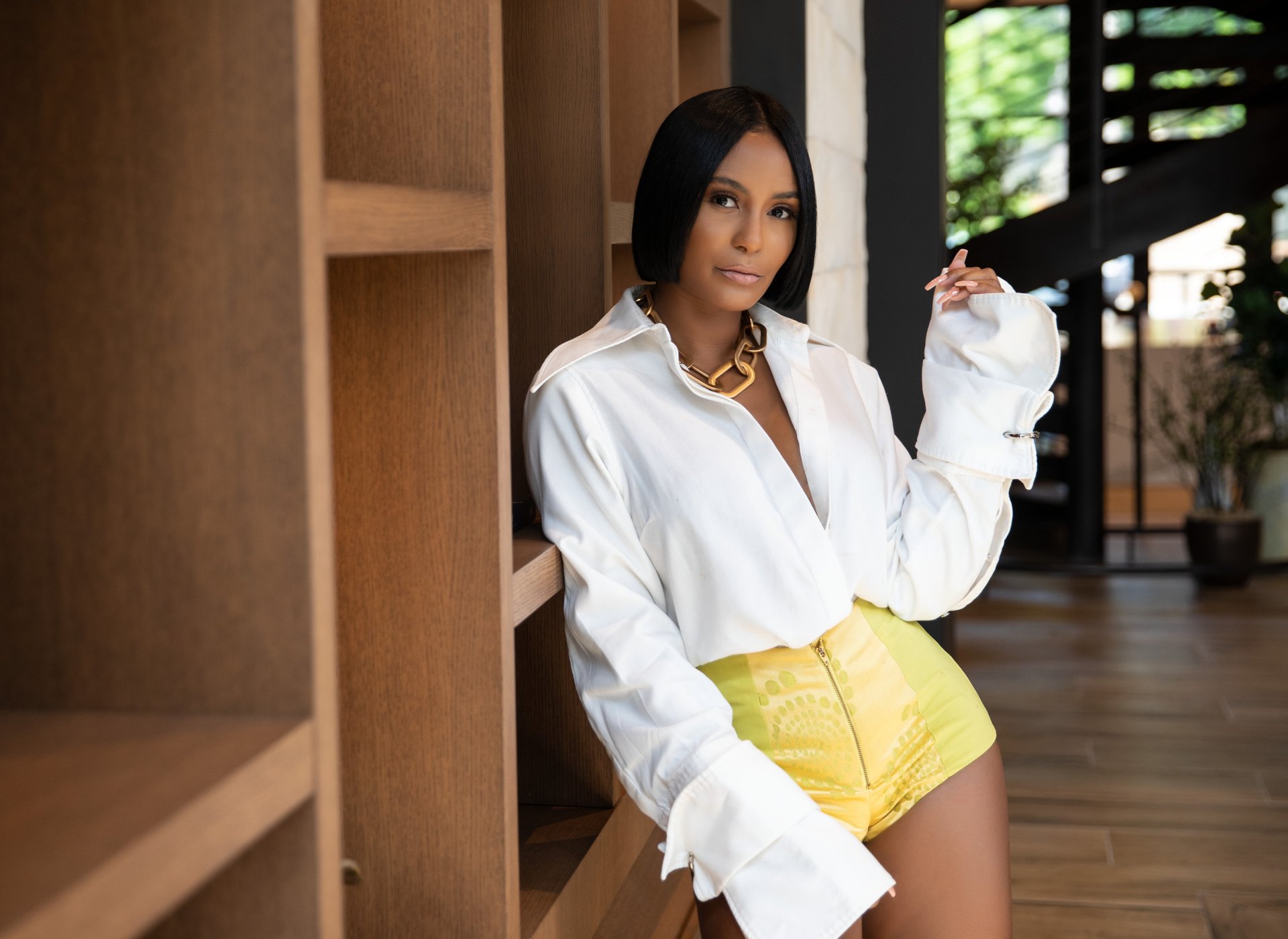What’s your take on sustainability and fashion and why is it especially important now?
I love the word ‘sustainability’ but I believe the only two sustainable things on our planet are remote indigenous tribes and nature herself. I feel the word ‘responsibility’ speaks more accurately to what we are all trying to accomplish as I don’t believe that anything on an industrial level is truly sustainable, given our history and where we are today. However, I do believe we are seeing a movement right now, not a moment, with hundreds of designers embracing the need to produce with a conscience.
The current model of industrial manufacturing is simply unsustainable, and the crazy thing is – we know it! Greenwashing is rampant in many areas, not just fashion, and there are deep wells of marketing dollars that are telling disingenuous stories to the public. However, there are incredible people pushing for change at a federal level (which is where it needs to happen to expedite this movement) in order to introduce policy on how we responsibly produce on an industrial level, as of right now it’s open for all sorts of abuse and manipulation.
The fashion industry has quietly carried on utilizing the same supply chain methods for decades. I was certainly guilty of it; buying and producing virgin textiles in the usual way, sampling, disposing, shipping, etc, the list is endless. Given the current data about our industry’s impact on the planet, I feel we now have a duty to incorporate responsible design and thinking into every decision we make; there isn’t much time for anything other. The fashion industry is the second largest polluter on the planet, and as David Attenborough recently stated, we as a species only have about 10 years to change things…or it will start to become very unpleasant here on Earth (he said that last year so now it’s 9). Two startling facts to sit with and definitely the most blatant calls to action I’ve encountered!
On the whole, we humans are in conflict with nature, we have been since the beginning of the industrial revolution. Now it’s time for systemic change that is led by example, setting new standards for what product represents and how we go about helping customers understand the true cost and end value. Change is happening a little slower than I would like, but it’s happening, and there is a growing community of both brands and customers who are championing this consciousness shift. It’s an exciting time. We just need to put all of of our feet on the gas, or rather lithium batteries!
You have worked in the fashion industry for quite some time now. How did your previous experience shape your business today?
I had a moment in a factory in New York in 2014 where I was making leather jackets – when all I was practicing came crashing down. I looked around at the piles of waste, samples and cuttings, and just thought this is so irresponsible, particularly because it was leather, which is one of the worst materials to work with and I hadn’t eaten meat for 25 years! It was at that moment when everything I knew was brought into question, but in the same instance, it gave birth to a new way that considered the environment before anything else. I completely changed direction and reshaped what I was doing by applying a more radical approach.
My previous experience obviously taught me all the essentials about design, sourcing, production, sales etc. What Marcus and I were doing at rag & bone and my work that proceeded …I’m very proud of and was really interesting back then, but today this new philosophy is what’s compelling to me and the vision I have for the future. I am the first to admit that the way I was making clothes up until 2014 was improvident. There simply wasn’t the component in my process that asked the primary question about responsibility, in particular to textiles. And as I began to reexamine each step of the supply chain that I had become so habituated to taking, it became glaringly obvious that it was antiquated and needed a complete overhaul.
The traditional practices of design and manufacture remained in place, however much of the practices pertaining to sourcing, dyeing, laundry, shipping, sampling, packaging, waste etc. were, and still are, being rethought. By no means do I consider my current practice to be the complete solution; far from it, there is so much work to be done, but I do note that the way in which I am approaching design comes from an entirely different place and we are making a difference.










